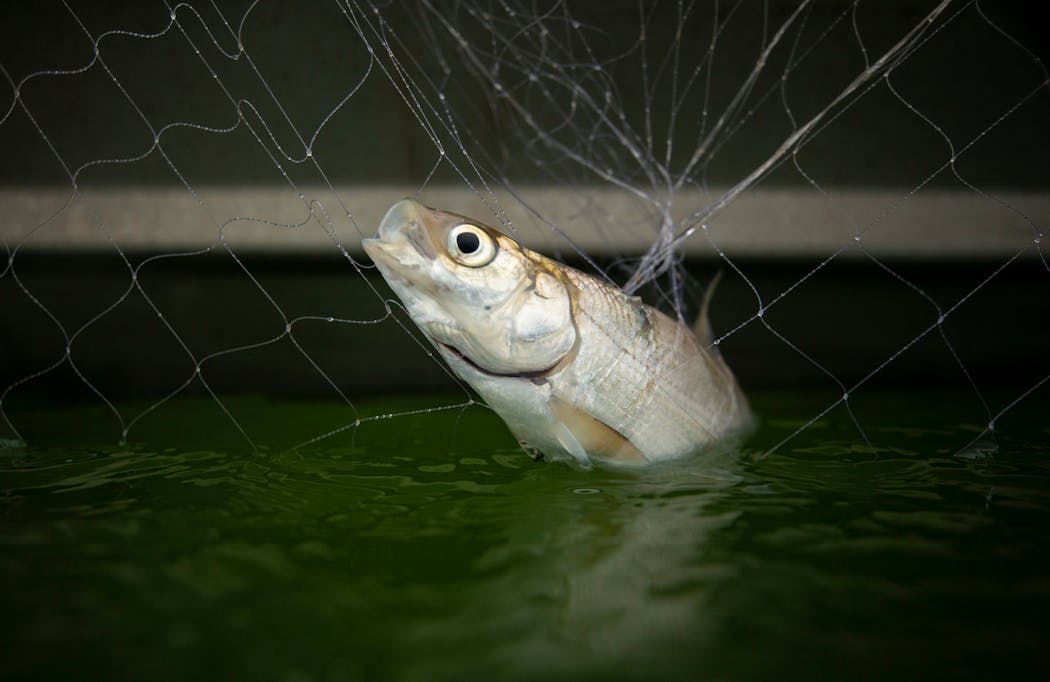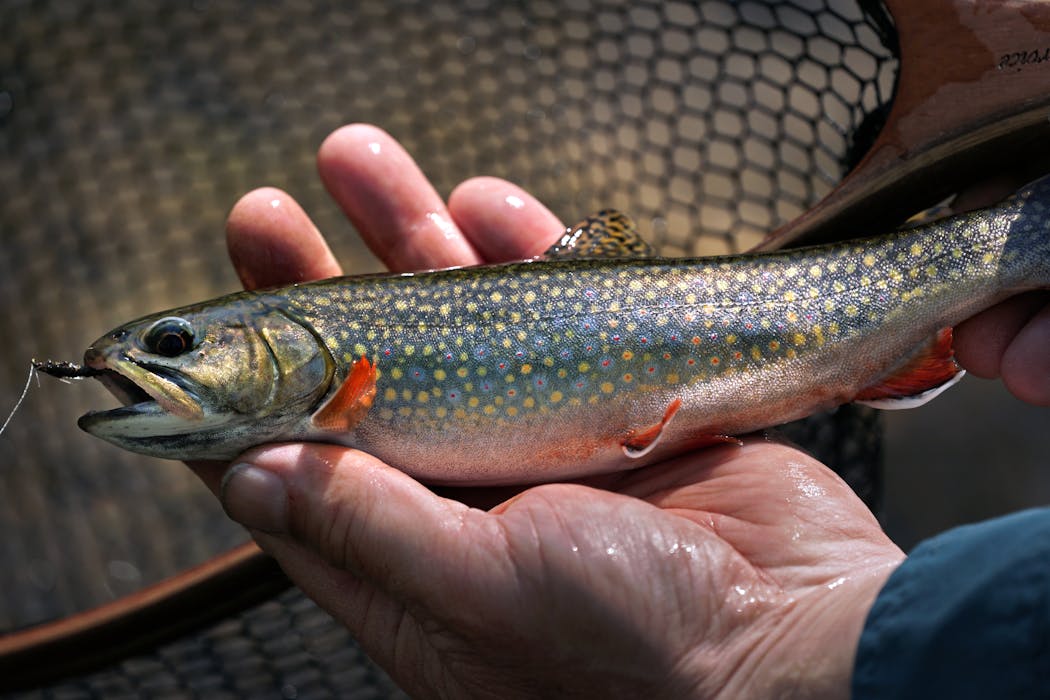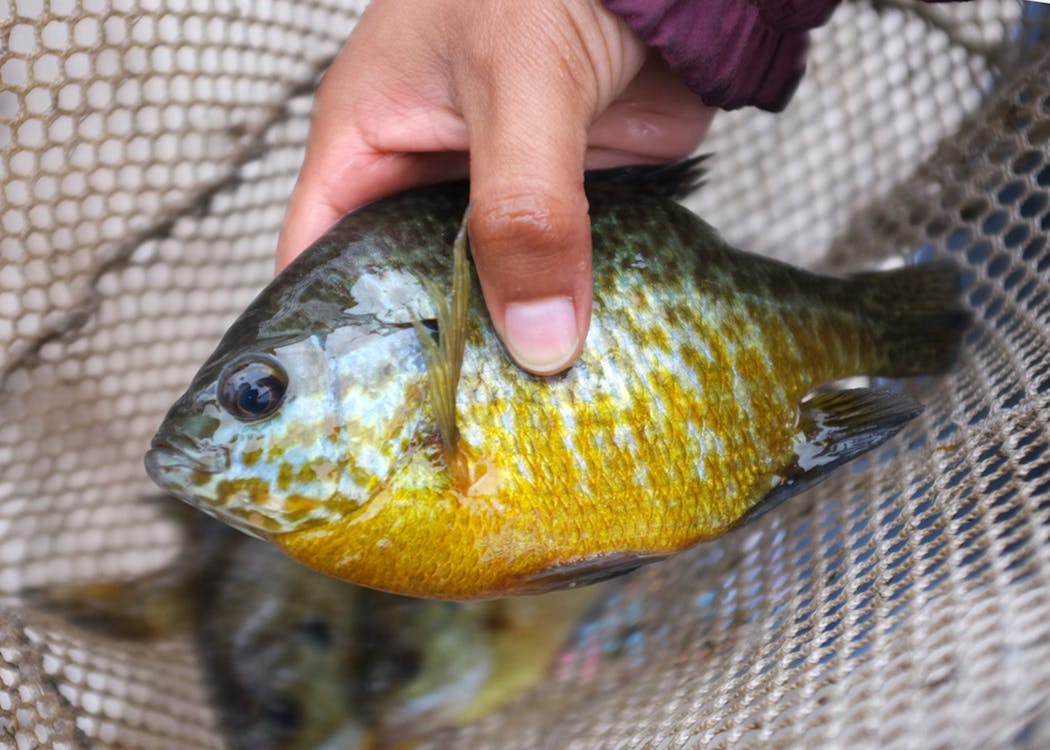Previous research and current study find troubling trends for the freshwater fish of Minnesota and elsewhere, owing in part to the impact of global warming caused by climate change. Higher water temperatures are of special concern for multiple species, like the state's signature walleye, disturbing a complex web of fish ecology affecting reproduction and food sources.
For example, research published in June by the University of Minnesota and partners found oxygen levels in the world's deep freshwater lakes are quickly declining. The study included 84 state lakes, including Leech and Itasca. A loss of oxygen can destroy habitat for fish that need cold, oxygenated water such as lake trout and cisco, an important forage fish for northern pike, muskies and walleyes.
Researchers found the amount of oxygen in lakes across the temperate zone (between the tropics and polar regions) has dropped 5.5% in surface waters and 18.6% in deep waters since 1980.
From walleye to stream trout, here is a glance at other species on the radar:
Walleye
The state fish is a lover of cool, dark water. In study after study, water temperature is cited as an important factor in its fortunes. The U.S. Geological Survey (USGS) states it plainly: "As water temperatures get warmer, many lakes that currently can support natural walleye reproduction are unlikely to continue to have the thermal habitat conditions to do so.''
To be sure, invasive species and many other lake characteristics influence walleye success, but USGS has said that small changes in water temperature can produce big changes in the population of walleyes and other fish.
Gretchen Hansen, a leading freshwater lakes researcher in the Upper Midwest, says walleyes are losing suitable living areas. Her research shows that the overlap of prime thermal conditions and prime optical conditions is crucial to the species. In lakes like Mille Lacs — once machine-like in its production of heavy walleye abundance — those areas of overlap are shrinking.
Ciscos
Also known as tullibees or lake herring, these nutrient-rich forage fish have declined by about 60% in Minnesota over the past three decades. Researchers at the University of Minnesota and the Department of Natural Resources have identified more than 600 cold-water lakes in Minnesota as cisco habitat lakes and conservationists have launched a campaign to preserve them. The goal is to support tullibees and the predator fish that rely on them for as long as possible. If nothing is done to stabilize or reduce warming over the next 80 years, at least one computer model predicts ciscos will perish in two-thirds of the lakes.
Stream trout
The water temperature in streams is a major stressor for cold-water species on the North Shore like brook trout. Research from a study involving the Natural Resources Research Institute at the University of Minnesota Duluth found that as Minnesota becomes wetter and warmer, runoff from roads and parking lots from even a moderate rain can increase stream water temperature 5-11 degrees Fahrenheit as water moves across warm asphalt. Brook trout, in particular, generally require water temperatures below 68 degrees. Temperatures above 77 will kill them.
Contributing factors are that the northern third of the state is warming faster than anywhere else in Minnesota, according to state climatologists. Warmer evening temperatures observed have meant streams aren't cooling at night as much as normal. Also affecting trout habitat is streamflow. North Shore streams are fed in part by inland lakes and rivers. Fluctuating or diminished water levels affected by rising temperatures alter streamflow, which is key to maintaining sufficient oxygen in stream habitat.
Panfish
Yellow perch, which thrive in cold water, don't reproduce as well in shorter, milder winters, according to fish ecologists at Ohio State University. Focused on perch in Lake Erie, one of the researchers found that eggs produced after a long winter are larger and of better quality than those produced by females in a short winter. Better eggs are believed to produce stronger larvae and juvenile fish. Spawning takes place in the spring, and the average female will lay about 23,000 eggs. Perch are found in lakes, rivers and streams in Minnesota and are a popular target for ice anglers.
Bluegills, a member of the large sunfish family, are one of Minnesota's most widespread species. And the popular fish might fare better than others as water temperatures rise. Their preferred temperature range is between 65 degrees and 80 degrees, but they can tolerate a much wider range. It's believed they can survive in water as warm as 95 degrees.
Still, warmer water, as part of a changing climate, spells trouble for all fish. More precipitation will increase fertilizer runoff and the nutrient load in Minnesota waters, reducing oxygen levels. Also, when the temperature rises, conditions are ripe for another fish stressor: toxic blue-green algae blooms.

Pair of home runs help Twins roll to another victory over Athletics, 6-1

Softball state tournament, live from North Mankato: Bloomington Jefferson, Champlin Park reach 4A final
Twins starter López has Grade 2 shoulder strain, expected to miss 2-3 months
Festa gets his wake-up calls and joins Twins in Sacramento







